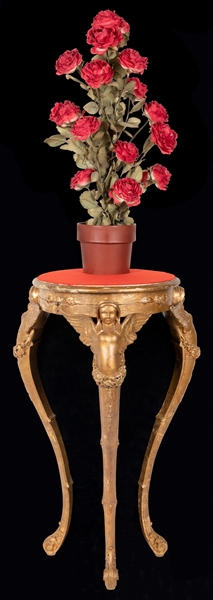I’ve been using The Rocket Card Fountain for about 9 months now and I still like it.

I have learned recently that with it being 3d printed, it doesn’t handle sitting in the sun with no shade at 108 degrees during a 45 minute show very well. This is a very extreme situation for it to be in and knowing what I know now, I probably wouldn’t use it if I was in that situation again. What happened is that part that holds the cards warped in the heat and no longer holds the poker size playing cards.

I was able to get it to sort of work by putting it back in the sun and then trying to reshape it. However the fix was simply to cut a deck of cards narrow.

Worked like a charm and the cards shoot out just fine! I’m still happy with The Rocket Card Fountain, but it’s good to know it doesn’t handle extreme temperatures very well.
-Louie







